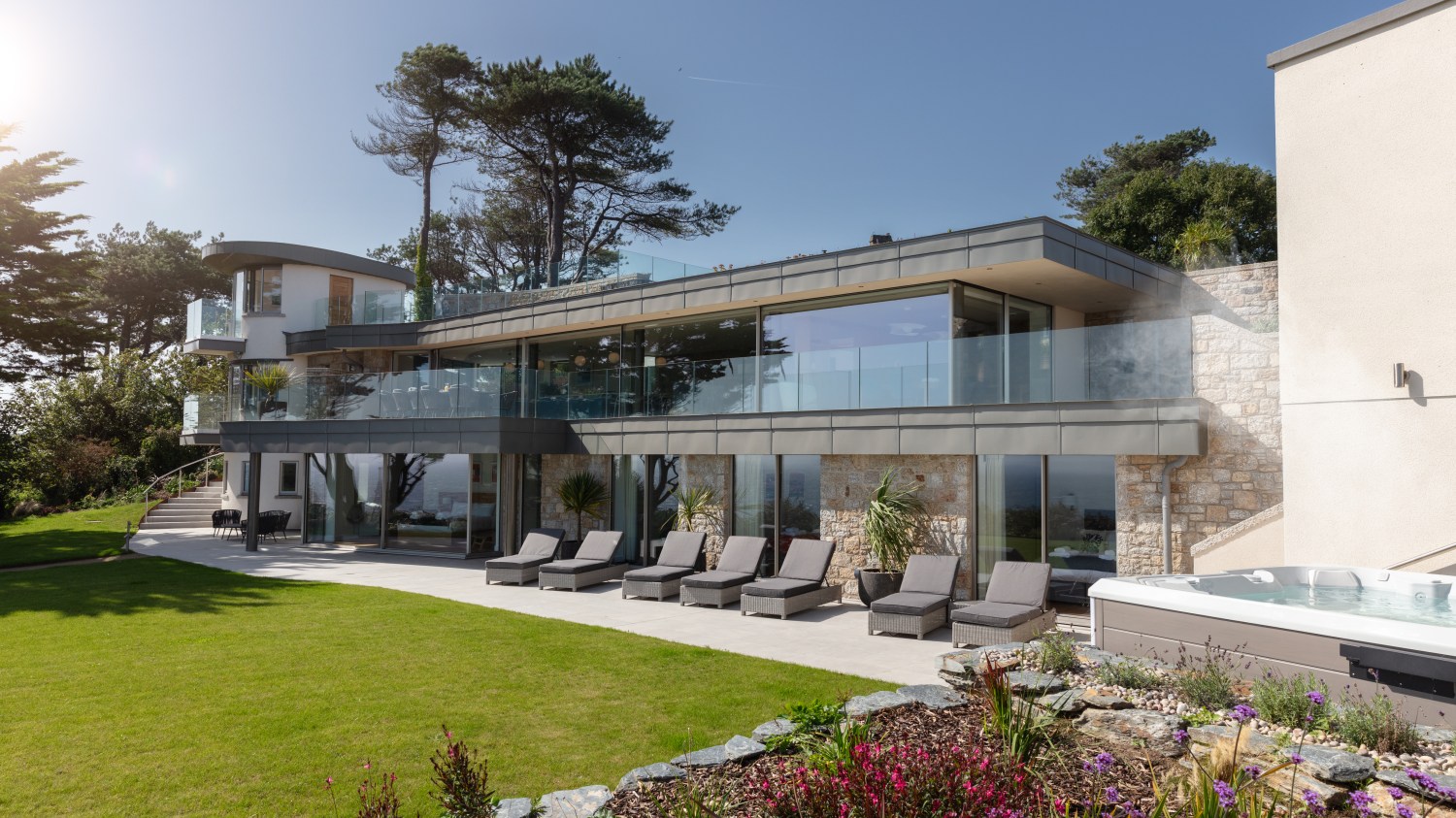The rich history of Shad Thames
Why Shad Thames is one of the most photogenic places to live and steeped in history
You’ll most likely have seen the cobbled streets of Shad Thames on Instagram but it’s fame and history go far beyond that. Completed in 1873 the street’s warehouses – that lead onto Butler’s Wharf – were once used to stores coffee, grains, spices, tea, fruit and sugar that all were transported up the Thames earning itself the nickname “the larder of London”. What is now an epic photo opportunity for Instagrammers from all over to capture the landmark overheard walkways - once used to roll barrels between the warehouses – was the trading hub of London. An 1878 book says:
“Shad Thames, and, indeed, the whole riverside, contain extensive granaries and storehouses for the supply of the metropolis. Indeed, from Morgan's Lane—a turning about the middle of Tooley Street, on the north side, to St. Saviour's (once called Savoury) Dock, the whole line of street—called in one part Pickle Herring Street, and in another Shad Thames—exhibits an uninterrupted series of wharves, warehouses, mills, and factories, on both sides of the narrow and crowded roadway.”
However, as is the story with all London industrial centres, Shad Thames fell to river congestion, differing global trade patterns and containerisation that forced ships to unload further east. By 1972 the last of the warehouses closed. However some artists – said to include David Hockney and Derek Jarman - lived in the area during the 1970s (probably because of the low cost of living) but during the 1980s Butler’s Wharf and Shad Thames underwent a huge regeneration at the hands of Sir Terrance Conran; he was an English designer, retailer, writer and restauranter. He founded the Design Museum, which was part of his reimagining of Butlers Wharf.
Thanks to the reinvigoration of the warehouse buildings, the overhead walkways, purpose built for barrels to be distributed between buildings, are now the unique balconies of luxury apartments. Buzzing bars and first-class restaurants occupy the ground floors of the buildings with the iconic views of the Thames, Tower Bridge and Canary Wharf. Despite the area having been modernised, there is still a distinct nod to the Victorian era with the buildings named after the commodities which were originally stored in them: Tea Trade Wharf, Wheat Wharf, Vanilla and Sesame Court and Cayenne Court, with further buildings named after specific spices like cinnamon, cardamom, tamarind, fennel and caraway to name a few, where it is said the residents are still able to smell the specific aroma of each scent in the exposed brick walls.
At Anderson Rose we specialise in selling and letting in these stunning warehouses. Our knowledge of the buildings and the area comes with years of experience in this corner of London. We couldn’t be more in the heart of Shad Thames and if you want to find us, we’re next to the Michelin Guide recommended Italian restaurant ‘Legare’ in the Cardamom Building – you don’t get more central than that.
So, pop in and visit us or if you want a sneak peak of our properties you can do to our YouTube channel and watch our video tour of all our stunning warehouse apartments.






Share this with
Email
Facebook
Messenger
Twitter
Pinterest
LinkedIn
Copy this link